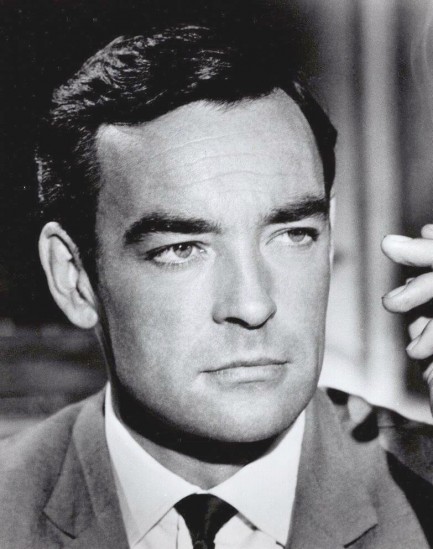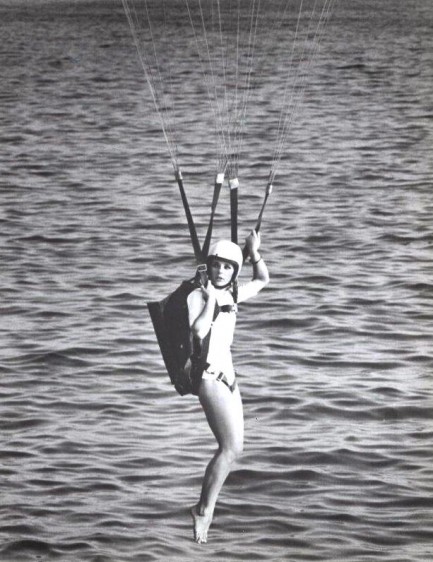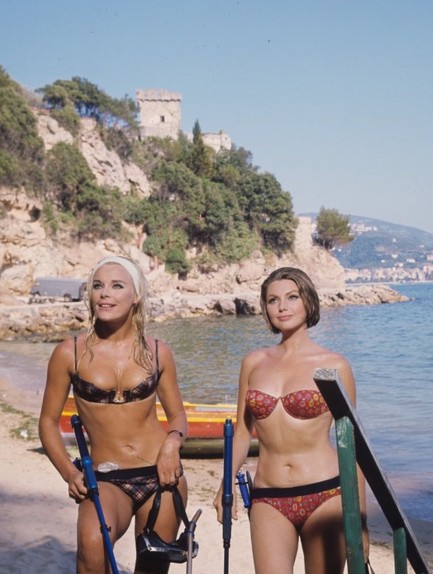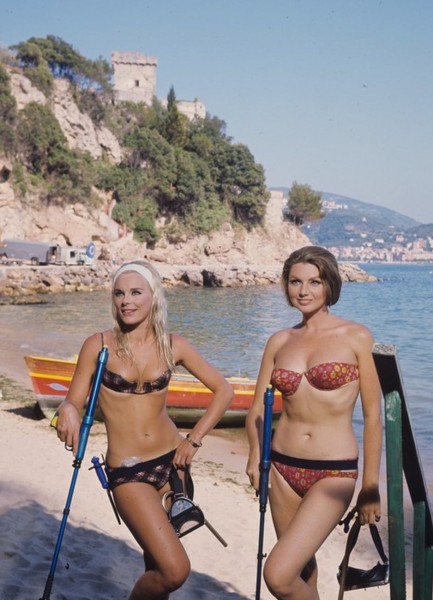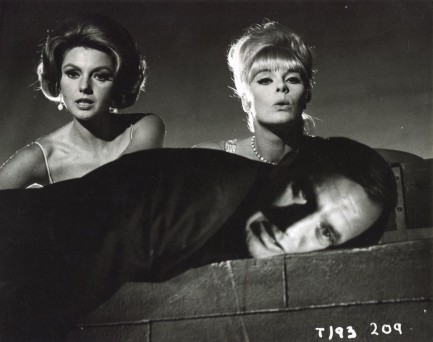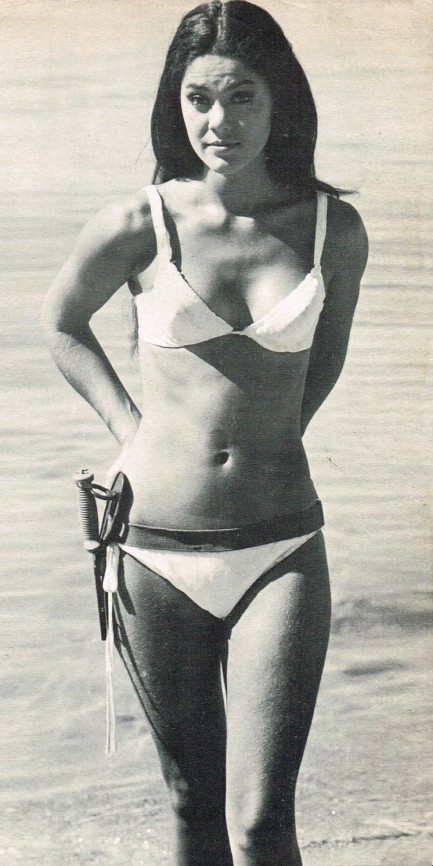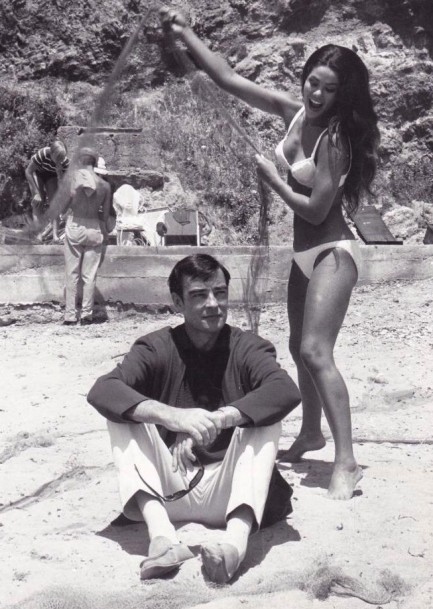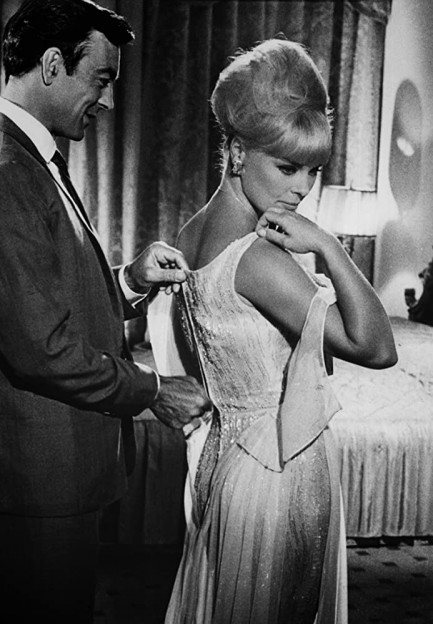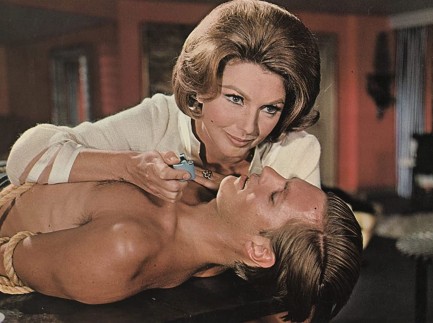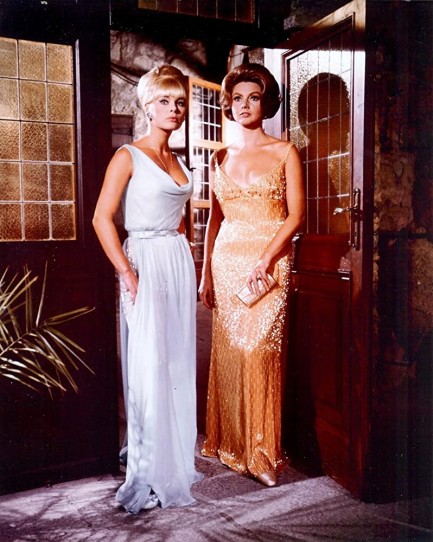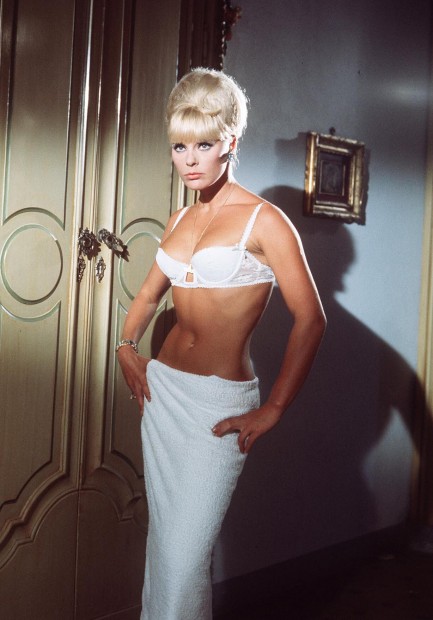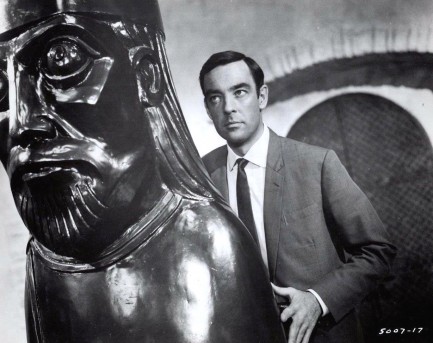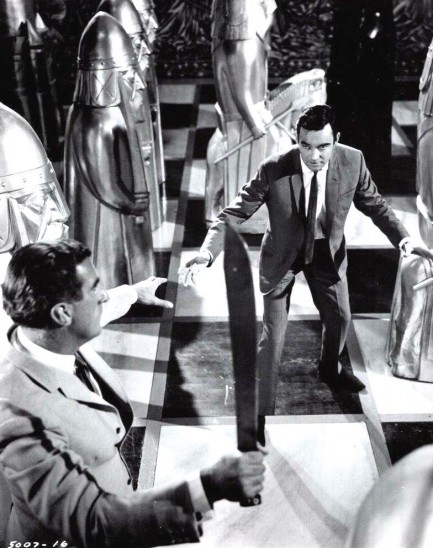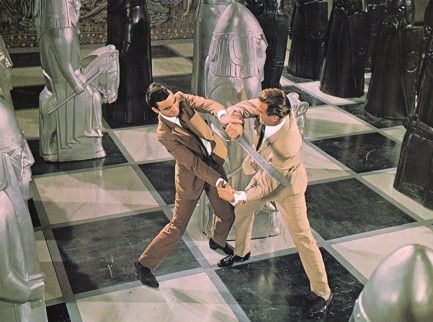 Hepburn has to overcome blindness, bad guys, and the script. 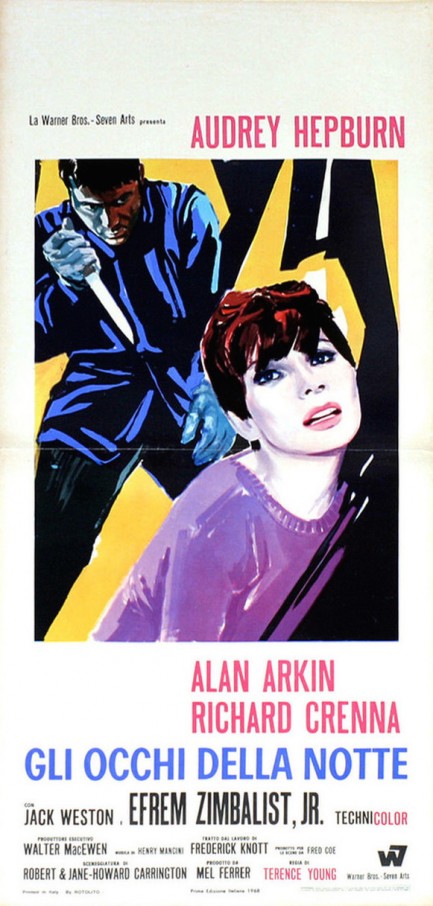 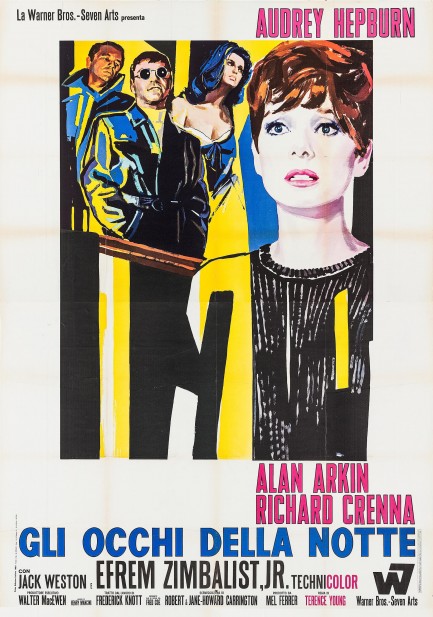 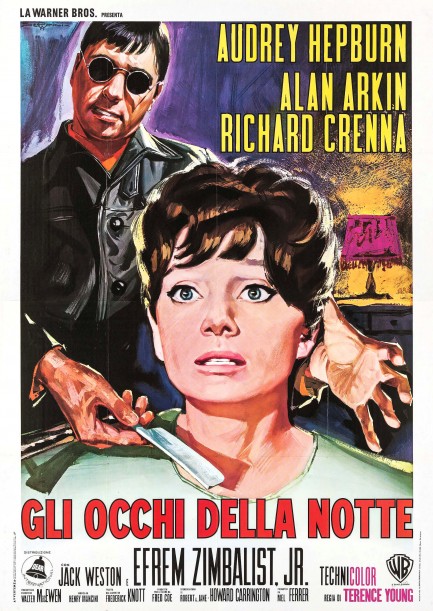
Above are three beautiful posters for the suspense film Gli occhi della notte, which is better known as the Audrey Hepburn classic Wait Until Dark. You've doubtless heard of it. Hepburn plays a blind woman terrorized by a sociopath. The film also starred Richard Crenna and Alan Arkin, and was directed by Terence Young, who had previously helmed the James Bond movies Dr. No, From Russia with Love, and Thunderball, so there's plenty of star power here, in front of and behind the camera.
And as often happens when a movie supposedly can't miss, this one goes wide of the mark. The main problem is recurring plot unbelievability, perhaps best exemplified by the fact that Hepburn, who lives in a building where there are other apartments, and has an ally who lives in one of those flats, doesn't simply hole up at the neighbor's when the crazy man targets her. She can get there without being seen, but she doesn't take the easy escape available to her.
In real life people don't always see the best solution to a problem, but in a movie, if the filmmakers want the audience to be fully invested, the heroine or hero should make smart choices, which ratchets up the fear when those choices still fail. We wrote an essay touching on that theme a while back. Hepburn's lack of survival instinct is a pretty big issue, but okay, she's great in the film, of course, and if you really immerse yourself it will still scare you once or twice. Just don't let anyone tell you it's perfect. After opening in the U.S. in 1967 Wait Until Dark premiered in Italy today in 1968. 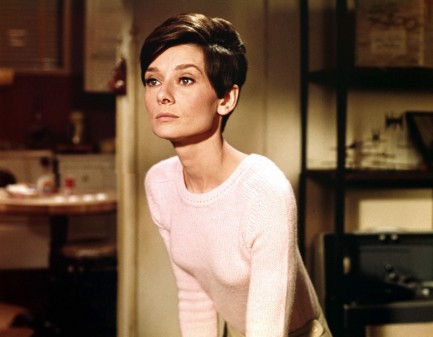 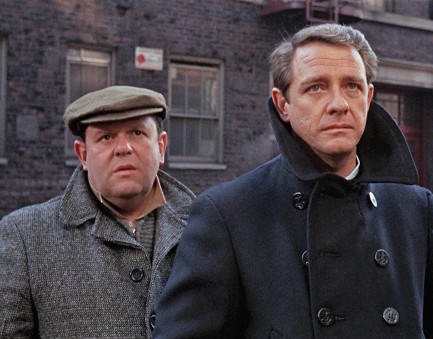 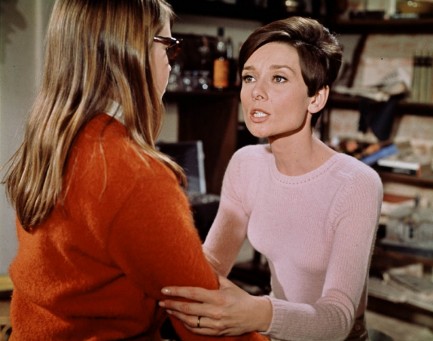 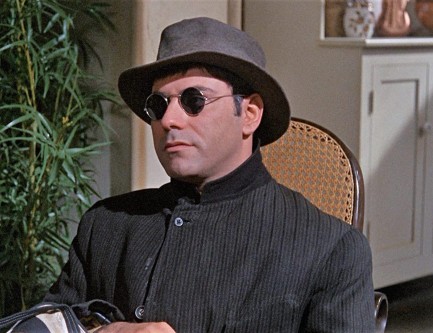 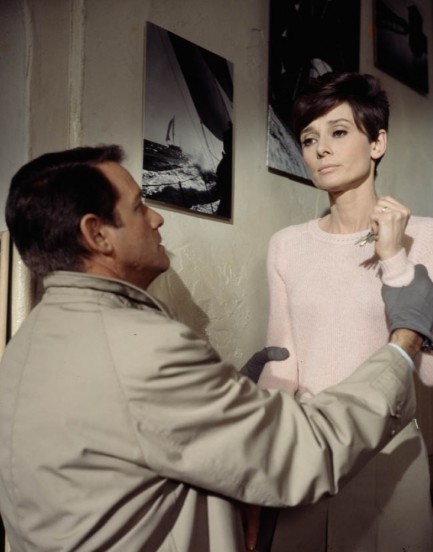 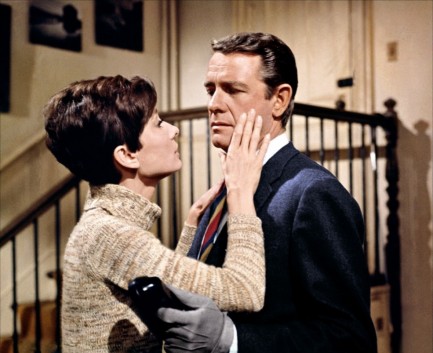 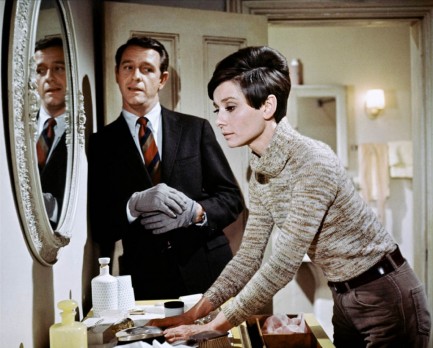 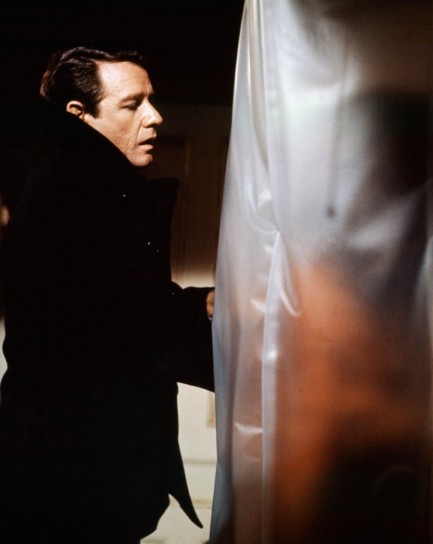
 Males top the endangered species list in 1967 spy thriller. 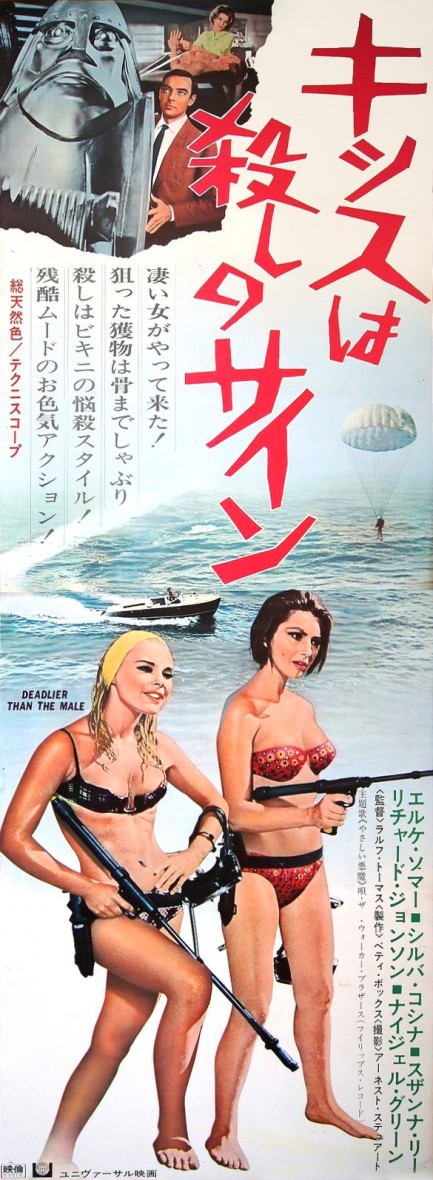
We've shared a lot of art, including a previous Japanese poster, from the James Bond knockoff Deadlier than the Male without ever actually talking about the movie. Today seems like an opportune time, since we're already on the subject of Bond clones. The film, which premiered in Japan today in 1967 after opening in the the UK earlier in the year, starred Richard Johnson, who actually came close to landing the role of Bond thanks to the interest of Dr. No director Terence Young. It didn't happen, though, and Connery as Bond makes more sense when you see Johnson, who's older, skinnier, shorter, and in less pristine shape. But he has panache, and that may be why Young wanted him. Instead he got Connery, and Johnson got the consolation prize of playing Hugh Drummond, a character that originates in H.C. McNeile novels from the 1920s, but who's updated to the ’60s in order to deal with a Cold War plot to steal rockets and divert them for nefarious means.
Like the Bond films, Deadlier than the Male offers a winning combination of action, quips, exotic scenery, and lightweight sexiness, but the film never quite rises to the upper echelons. Without the Bond budget it's hard to bring a truly thrilling vision to life. At least the filmmakers were smart enough to frontload their assets by opening the proceedings with Elke Sommer, who's second billed, but probably more important than Johnson in terms of increasing the film's watchability. She has a physicality that makes her a nice fit playing an assassin in the employ of the film's ultimate villain. Sylva Koscina co-stars as Sommer's klepto sidekick, which doesn't hurt. The pair's nefarious deeds eventually draw Johnson to their mountaintop stronghold, and there viewers are treated to a final throwdown with the evil mastermind involving a mechanized, life-sized chessboard. While Deadlier than the Male doesn't manage to out-Bond Bond, watch it with friends and beers and you'll maximize its potential.
 Filmgoers say yes to No and a franchise is born. 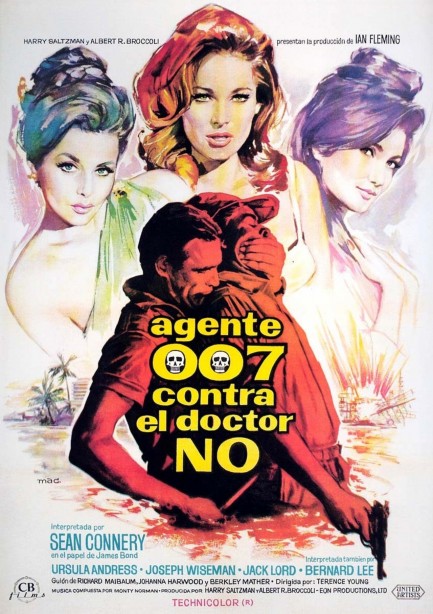
Since we've already talked about two movies inspired by Bond today, why not discuss the landmark that started it all? There had always been spy movies. Even the James Bond films, with their focus on high concept action and fantastical super villains, had predecessors. But United Artists, director Terence Young, Sean Connery, and the rest took the basic notes of those earlier efforts, wove them into a fresh composition, and cranked the volume up to eleven. This Spanish poster painted by Macario Gomez was made for the first Bond film Dr. No, which played in Spain as Agente 007 contra el Dr. No. Ian Fleming's novel had been published in 1958, and the film hit cinemas four years later. Like From Russia with Love, which we watched recently, we've seen it more than once, but not for years, and decided to screen it with fresh eyes.
We imagine audiences had never seen a spy movie quite like this, with its opulent production values and near-seamless construction. Set in Jamaica, the exotic locations are beautifully photographed, and while the filmmakers' portrayal of the island isn't necessarily authentic, it's immersive, and makes the required impression of a land of mystery and danger. An altogether different impression was made by the ravishing Ursula Andress, and we suspect once word got out certain filmgoers bought tickets just to see her. Joseph Wiseman's villainous Julius No, a few hi-budget gadgets, and a secret lair filled with expendable henchmen complete the set-up—and establish the Bond template for the future. Add the unflappable if occasionally imperious spy himself and the fun is complete.
The Bond franchise's success inspired scores of imitators, as discussed in the two posts above, but with a few exceptions those movies usually work today on the level of unintentional comedy or eye-rolling camp. Dr. No, despite Bond's interjections of humor, took itself seriously. Viewers were supposed to believe its most fantastic elements were possible. In addition, they were supposed to see Bond as the uber-male, a man who fights and loves hard, is virtually immune to sentiment, and never mourns losses for long. That notion of ideal manhood has certainly changed—for the better we'd say—but even accounting for the tectonic cultural shifts in the interim Dr. No holds up like the best vintage thrillers. It's stylish, charmingly simple, and—if one assesses it honestly—progressive for its time. It premiered in England in October 1962, and reached Spain today in 1963. 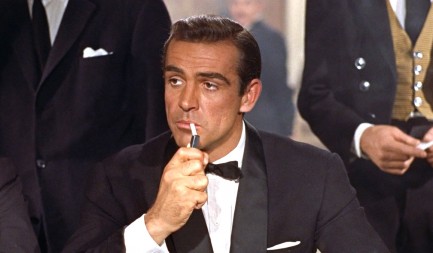 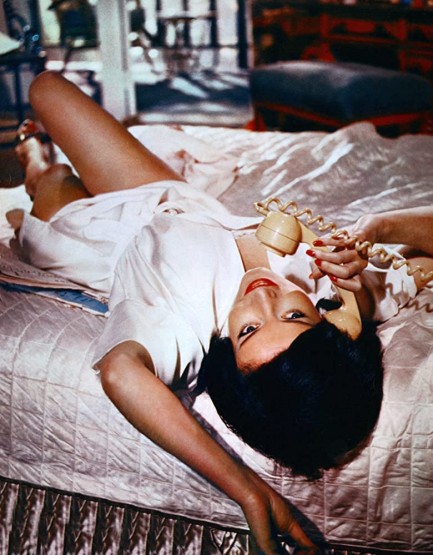 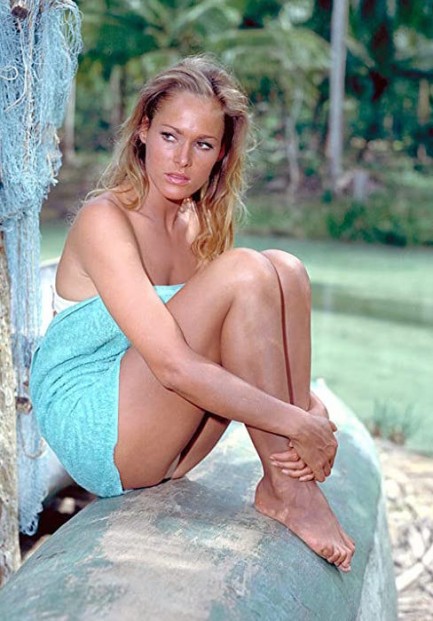 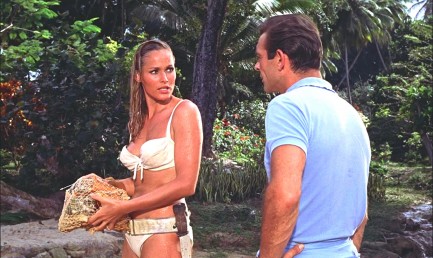 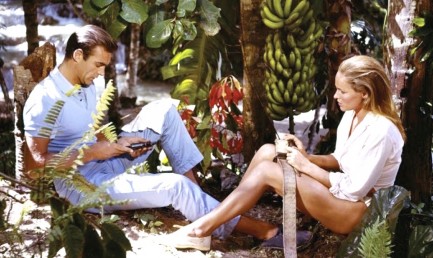 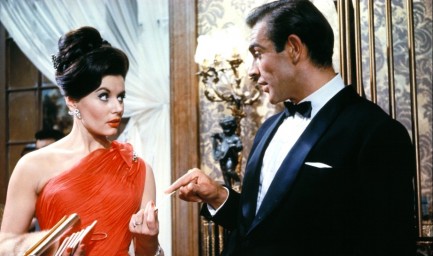 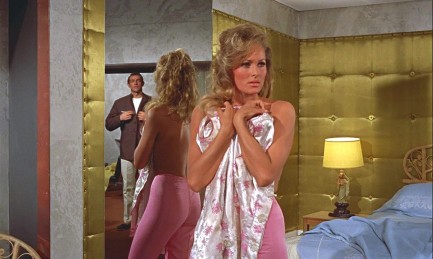 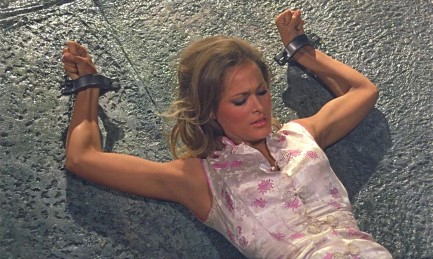 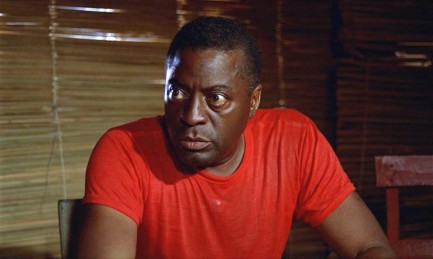 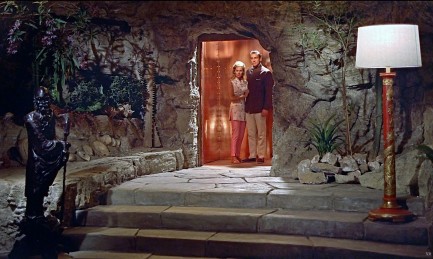 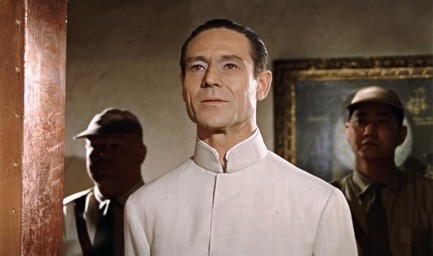 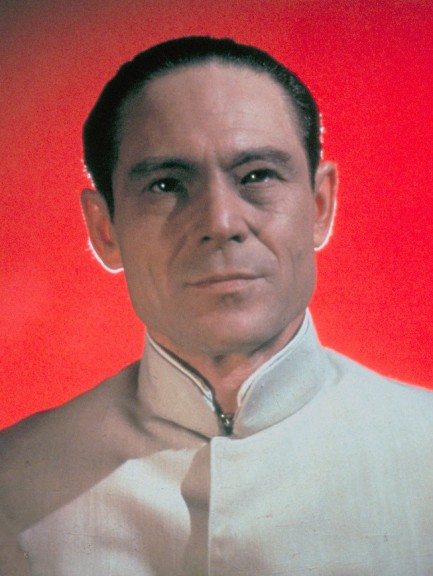 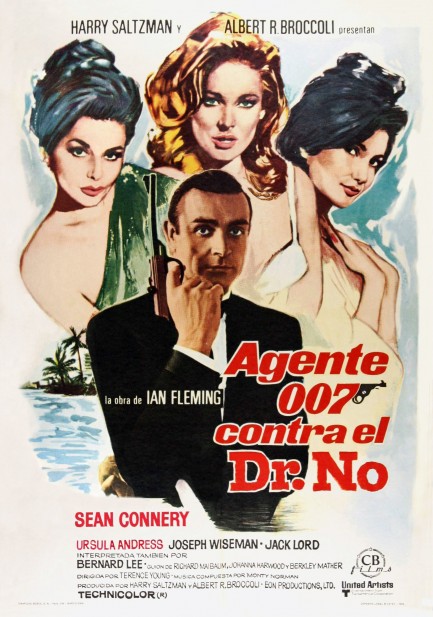
 Demongeot explains to Cinémonde how she aspires to inspire. 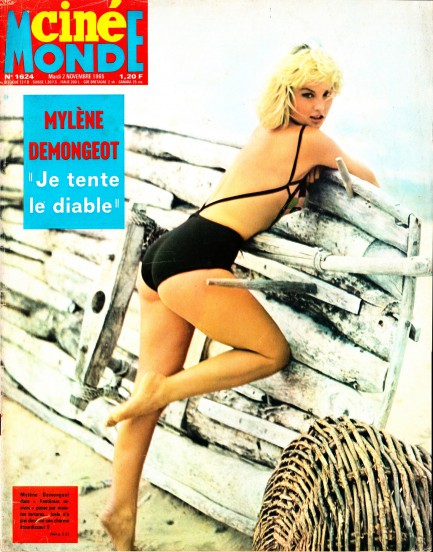
The French weekly Cinémonde debuted in October 1928, with the above issue hitting newsstands today in 1965 starring French goddess Mylène Demongeot on the cover. Inside, her feature is headed with the text “Il faut oser tenter le diable,” which means, “We must dare tempt fate,” and she goes on to say, “Il existe peut-être dix photographes au monde (seulement) à qui, pour nue... ou presque, une actrice puisse faire confiance,” or basically, “There are perhaps ten photographers in the world (only) who… (almost) naked, an actress can trust.” The literal translation reads a bit backward, but you get the drift—she of course means only a few photographers can be trusted to shoot an actress (almost) nude. One of those is apparently British director Terence Young, who helmed Dr. No and two other Bond movies, as well as Zarak and Wait Until Dark, and whose photography you see here. However Demongeot, after all this philosophizing about the (almost) nude form, does not appear (almost) naked in any of the photos. Still, she looks amazing, as always. She says at the end, “Je voudrais qu'il ait envie de les decouper et de les regarder longuement, avant de se coucher. Pour qu’il fasse de beaux rêves.” Something along the lines of wanting men to cut out her photos and look at them before going to bed… to inspire beautiful dreams. Well, we would have to use a laptop instead of cut out photos, and we’d do it, except we have a feeling our girlfriends would not let us get away with it. Of that we’re (almost) sure.
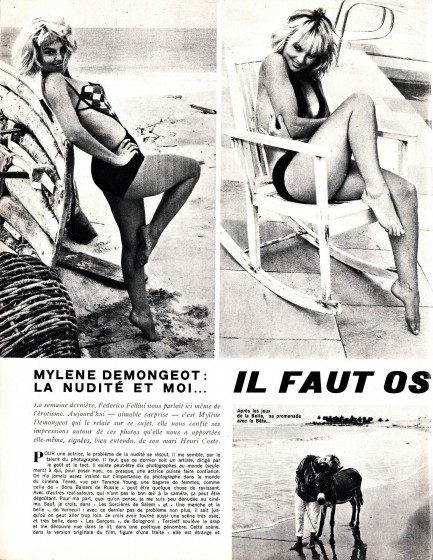 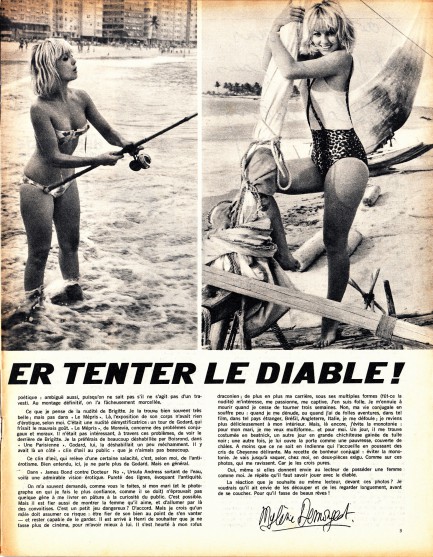 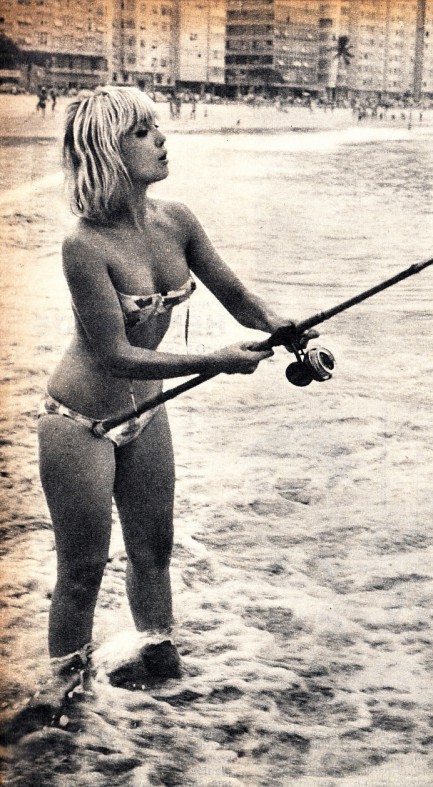
|
 |

The headlines that mattered yesteryear.
2003—Hope Dies
Film legend Bob Hope dies of pneumonia two months after celebrating his 100th birthday. 1945—Churchill Given the Sack
In spite of admiring Winston Churchill as a great wartime leader, Britons elect
Clement Attlee the nation's new prime minister in a sweeping victory for the Labour Party over the Conservatives. 1952—Evita Peron Dies
Eva Duarte de Peron, aka Evita, wife of the president of the Argentine Republic, dies from cancer at age 33. Evita had brought the working classes into a position of political power never witnessed before, but was hated by the nation's powerful military class. She is lain to rest in Milan, Italy in a secret grave under a nun's name, but is eventually returned to Argentina for reburial beside her husband in 1974. 1943—Mussolini Calls It Quits
Italian dictator Benito Mussolini steps down as head of the armed forces and the government. It soon becomes clear that Il Duce did not relinquish power voluntarily, but was forced to resign after former Fascist colleagues turned against him. He is later installed by Germany as leader of the Italian Social Republic in the north of the country, but is killed by partisans in 1945.
|

|
|

It's easy. We have an uploader that makes it a snap. Use it to submit your art, text, header, and subhead. Your post can be funny, serious, or anything in between, as long as it's vintage pulp. You'll get a byline and experience the fleeting pride of free authorship. We'll edit your post for typos, but the rest is up to you. Click here to give us your best shot.

|
|














